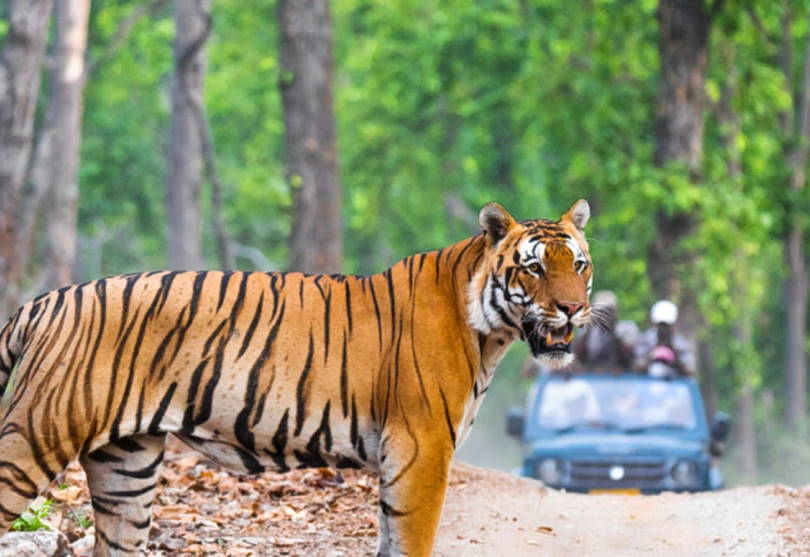Free Courses Sale ends Soon, Get It Now


Free Courses Sale ends Soon, Get It Now



Copyright infringement not intended
Picture Courtesy: https://tadvai.feriadoresorts.com/unwind-in-eturnagaram-wildlife-sanctuary/
Context: Telangana is currently facing forest fires in the Tadvai region of the Eturnagaram Wildlife Sanctuary in Mulugu and the Amrabad Tiger Reserve.
Details
|
Causes of Fires ●Human activity is a major contributor to the wildfires. Campfires left unattended by people fishing in the nearby river can easily spark fires. ●Some traditional practices contribute to the problem. The Chenchu tribes, who inhabit the region, sometimes resort to burning trees to collect mahua flowers more easily. These flowers are used for making country liquor or for medicinal purposes. |
About Eturnagaram Wildlife Sanctuary
Must Read Articles:
FOREST FIRES IN HIMALAYAS: https://www.iasgyan.in/daily-current-affairs/forest-fires-in-himalayas#:~:text=According%20to%20the%20Intergovernmental%20Panel,CO2%2C%20exacerbating%20climate%20change%20impacts.
|
PRACTICE QUESTION Q. Historically, fires have played a natural role in some ecosystems, promoting biodiversity. However, climate change is altering weather patterns and increasing fire risk. How to develop forest management strategies that balance the need for fire suppression with the ecological benefits of controlled burns, particularly in a changing climate? |
© 2024 iasgyan. All right reserved